A fault may have increased the risk of a non-fault medical accident occurring… without this excluding additional intervention, in compensation, from ONIAM. We already knew this in administrative law. Now the judicial judge has, spectacularly, come into tune with this.
The National Office for Compensation for Medical Accidents, Iatrogenic Conditions and Nosocomial Infections (ONIAM) is a public establishment that is almost unique in the world because France has decided to compensate medical hazards (beyond current compensation in the world, of course, for medical errors and care errors).
ONIAM was therefore created by article 98 of law no. 2002-303 of March 4, 2002 relating to the rights of patients and the quality of the health system.
Article L. 1142-22 of the Public Health Code (CSP) provides that ONIAM “is a public establishment of a State administrative nature, placed under the supervision of the Minister responsible for health”.

Concretely, ONIAM provides compensation for damage caused by (art. L. 1142-22 of the CSP):
- an iatrogenic condition (side effect linked to medical treatment; but there is, at this stage, no action of ONIAM only in the event of a non-fault accident resulting from a medical hazard) ;
- a nosocomial infection (infection contracted in a health establishment; again excluding faulty behavior), when the rate of permanent damage to physical or psychological integrity proves to be greater than 25% (art. L. 11421-1 of the CSP ) ;
- a medical accident or damage attributable to a biomedical research activity
- compulsory vaccination (“Full compensation for harm directly attributable to compulsory vaccination administered pursuant to I of Article 12 is ensured in accordance with Article L. 3111-9 of the Public Health Code”: law no. 2021 -1040 of August 5, 2021)
To summarize, it is usual to state that ONIAM does not intervene in the event of fault of the health manager, but only in the event of an accident or hazard…. Or more precisely it WAS customary to summarize it like this. Because this user guide has just evolved.

The accumulation of compensation from ONIAM with a non-fault medical accident existed (CE, March 30, 2011, 327669, at rec. ; to compare for example with Cass. civ. 1., March 11, 2010, appeal no. 09-11.270, Bull.) or sometimes with liability for lack of information (Cass. civ. 1, February 5, 2014, no. 12-29.140, Bull.).
But, notwithstanding some mitigations, the principle remained:

The Court of Cassation has made a clear reversal on this point by stating that:
“to now judge that, in the event that a non-fault medical accident is the cause of harmful consequences but where a fault has increased the risks of its occurrence and caused the victim to lose a chance of escaping it, such an accident gives rise to the right to compensation at the title of national solidarity if its consequences meet the conditions set out in II of article L. 1142-1 of the same code, the compensation owed by ONIAM being reduced by the amount of that placed, where applicable, on the responsibility of the person responsible for the loss luck. »
But let us quote the response of the Court of Cassation in its entirety because, there, it really did an educational job:
“4. According to I of Article L. 1142-1 of the Public Health Code, health professionals and establishments, services or organizations in which individual acts of prevention, diagnosis or care are carried out are responsible for the harmful consequences of acts of prevention, diagnosis or care in the event of fault.
“ 5. According to II of this text, a medical accident, an iatrogenic condition, or a nosocomial infection, directly attributable to acts of prevention, diagnosis or care, having the effect of the patient of abnormal consequences with regard to his state of health as well as the foreseeable evolution thereof and presenting a serious character fixed by decree, when the responsibility of a professional, an establishment, service or organization mentioned in I am not committed.
“ 6. It follows from this that compensation under national solidarity is of a subsidiary nature and is excluded when a fault is the cause of the bodily injury suffered by the patient, compensation for which then falls solely to the person responsible.
“ 7. However, when the compensation charged to the person responsible consists only of a loss of opportunity, the Court of Cassation admitted additional compensation under national solidarity in the case of a lack of information on the risks of an intervention during which a medical accident occurred, causing the patient to lose the chance to refuse it (1st Civ. March 11, 2010, appeal no. 09-11.270, Bull. 2010, I, no. 63) or wrongful handling of the consequences of a medical accident which caused him to lose a chance to limit the consequences (1st Civ. November 22, 2017, appeal no. 16-24.769).
“ 8. It, on the other hand, excluded the possibility of such a supplement, based on the risks involved in the medical act, when the fault was committed during the performance of the medical act which gave rise to the damage (1st Civ., November 16, 2016, appeal no. 15-20.611, Bull. 2016, I, no. 222).
“ 9. If the Council of State has adopted the same jurisprudence in the case of a lack of information or faulty management of the consequences of a medical procedure (CE, March 30, 2011, no. 327669, published in the Lebon EC Report, December 12, 2014, ONIAM v. [N]n° 355052, published in Recueil Lebon), he did, however, rule out the possibility of additional compensation under national solidarity only in the event that a wrongful act or the default of a health product is the direct cause of the medical accident (CE, October 15, 2021, no. 431291, published in Recueil Lebon).
“ 10. The admission of additional compensation through national solidarity when the fault committed only causes a loss of chance of escaping the medical accident, including in the case of a fault having increased the risk of a medical accident, allows the patient to obtain full compensation for their bodily injury.
“ 11.It also makes it possible to prevent the victim of a medical accident from being less well compensated when a fault aggravating the risks of its occurrence has also been committed and to ensure equal treatment between victims whatever the circumstances. or the nature of the establishment, public or private, in which the acts were carried out.
“ 12. It is therefore necessary to judge from now on that, in the hypothesis where a non-faulty medical accident is the cause of harmful consequences but where a fault has increased the risks of its occurrence and causes the victim to lose an opportunity to escaping it, such an accident gives rise to the right to compensation under national solidarity if its consequences meet the conditions set out in II of article L. 1142-1 of the same code, the compensation due by ONIAM being reduced by amount of that placed, if applicable, on the responsibility of the person responsible for the loss of luck.
“ 13. After admitting the existence of errors on the part of the surgeon in the treatment of Ms. [U] having increased the risk of damage to the genito-femoral nerve inherent to the intervention of March 4, 2009 and having caused him to lose a 50% chance of escaping its completion, the court of appeal held that this damage constituted a medical accident directly attributable to this intervention and that this accident had for Mrs. [U] abnormal consequences with regard to his state of health and presented the serious nature provided for in article L. 1141-2, II, of the public health code.
“ 14. She was therefore right to deduce that ONIAM should compensate her for her losses, after deduction of the compensation payable by the hospital center and its insurer.”
Source :
Cass. civ. 1, April 24, 2024, 23-11.059, in the Bulletin



